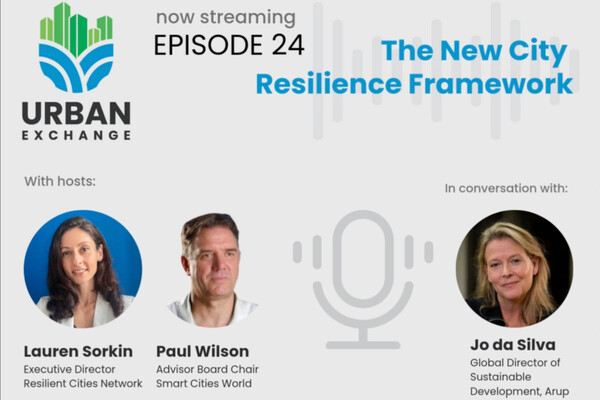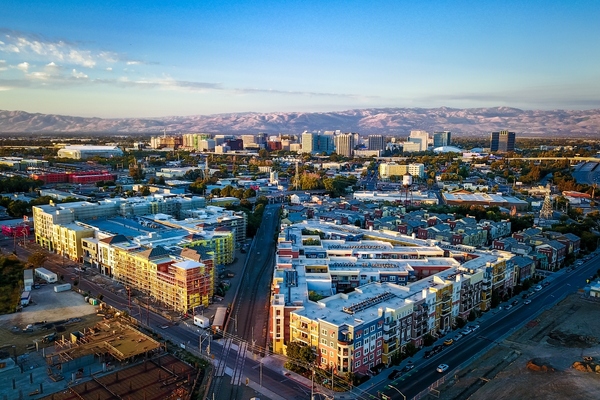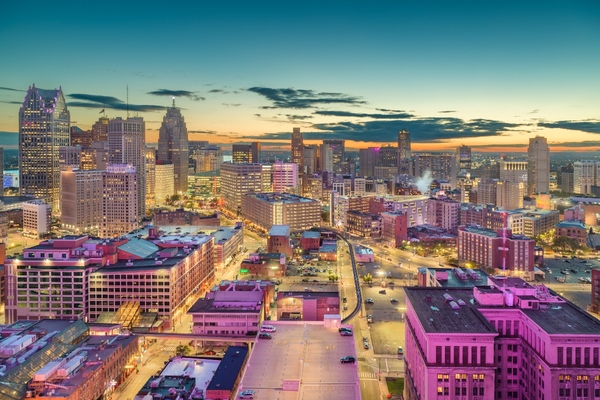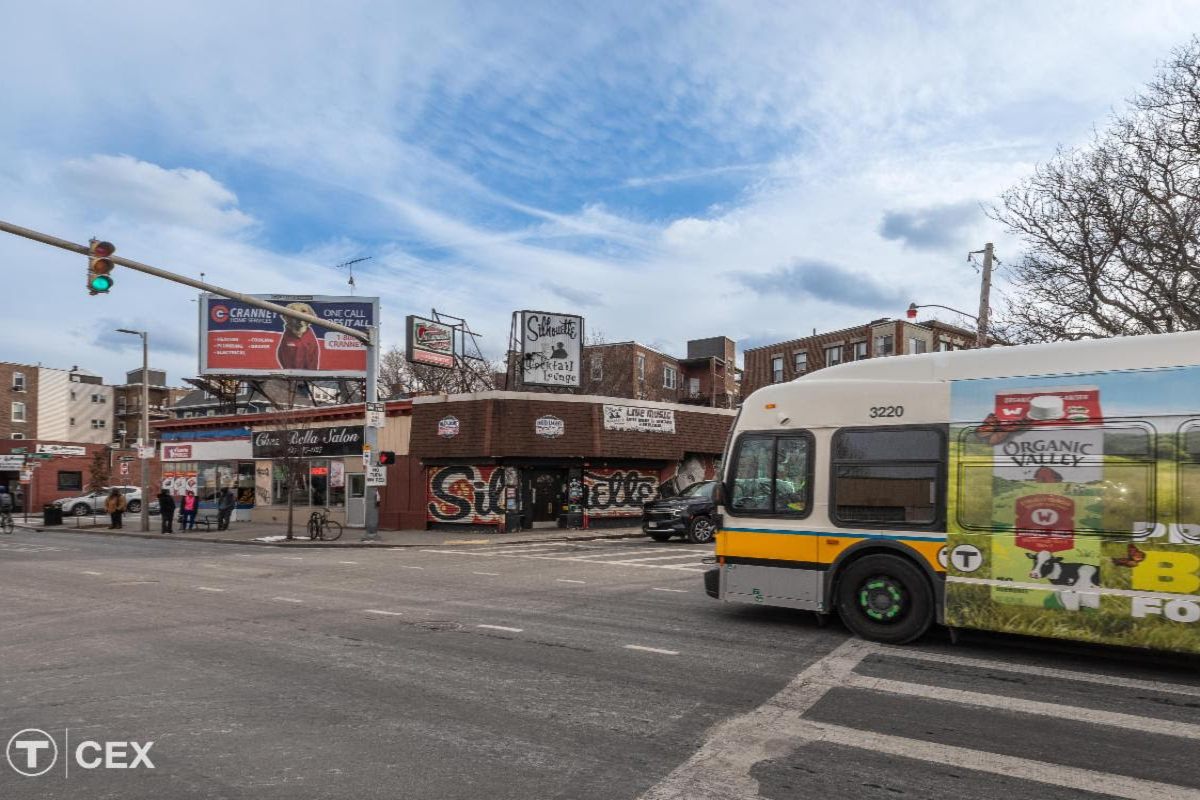Special Reports
SusHi Tech Tokyo 2024: experience ‘Tokyo 2050’ todaySponsored by The SusHi Tech Tokyo 2024 Showcase Program Executive Committee
Smart City Expo: think digital, think green, think inclusion
The first day of the online event confirmed that the smart cities sector is well aware of its destination but it’s how it gets there that will be the problem.
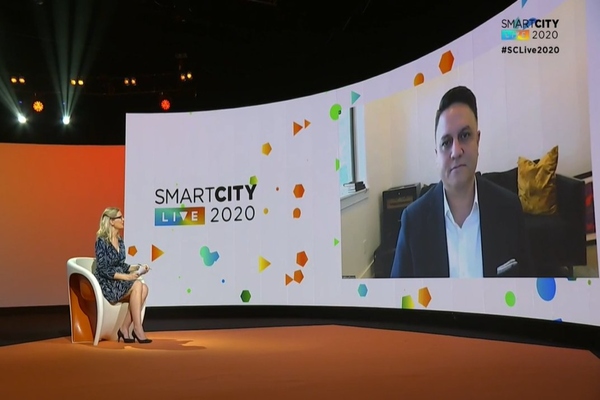
Covid-19 has exacerbated the issues facing cities, placing them under greater pressure to innovate, enable digital inclusion and support the fight against climate change.
The sessions at the first day of Smart City Live 2020, the remote event held by Smart City Expo World Congress, all discussed the pandemic to some extent. But wider themes emerged, whether it was socio-economic inequality, making cities more local, transforming cities with future generations in mind or ensuring gender balance and diversity when it came to developing and implementing smart city technology.
The need for change, and quickly
While Covid-19 is amplifying these problems and ensuring cities will have to deal with the second major economic crisis in the past 15 years, it will also force authorities to change and change quickly. As Lacina Koné, director general and CEO of Smart Cities Africa, said: “In every difficult time there lies a unique opportunity.”
Koné was just one of the speakers to focus on digital inclusion and its role with the smart cities space. He warned: “Only cities with adequate digital infrastructure will be able to maintain services.” Technology has been central to helping governments fight against the pandemic, whether through contact-tracing or data-sharing, and therefore needs the necessary support, he said.
But Koné added that Covid-19 has also emphasised inequality across the continent. While 25 per cent of Africa has no access to connectivity, there is a usage gap, where services are available but are not used, of 49 per cent. This exists because citizens cannot afford devices and there aren’t sufficient digital inclusion policies in place.
“Covid-19 has been deeply devastating for low-income residents of colour in poor quality housing and with big families”
This is just one challenge facing cities, Koné said, but he added that cities must be focused on the building blocks that will support the creation of new products and services. He said: “The most important pillar is infrastructure. We can’t transform if we don’t have the innovation. We don’t have the innovation if there isn’t the necessary infrastructure.”
Lori Lightfoot, mayor of Chicago, also used her session to highlight how the pandemic has shone a light on the existing problems societies face. She said: “Covid-19 has been deeply devastating for low-income residents of colour in poor quality housing and with big families.”
Her discussion was very much citizen- rather than technology-focused, but she argued this approach was critical to the overall success of a city. Chicago’s population is declining (you can read more about why in our City Profile) and without population buy-in, a smart city won’t succeed. Lightfoot said: “One of the challenges we face is making sure people feel ownership in their city and [knowing] the city is there to provide them with support. That’s one of the ways we stem the exodus from the city.”
A climate- and diversity-focused recovery
It is impossible to talk about citizens without taking climate change into consideration and this was another area that was linked to Covid-19 during the day’s discussions. Marta Subira, secretary of environment and sustainability at the Government of Catalonia, said the economic and societal recovery from the pandemic will be different to that of the financial crisis in 2008. She said then it was a case of recovering the economy “at all costs”. “Now it’s a recovery without putting aside the climate change fight and diversity crisis,” she added although said that businesses have as much of a duty to support this change as citizens.
Speaking during the same session, Celine Vanderborght, smart city manager at the Brussels-Capital Region, said Covid-19 has exposed the fragility at the heart of every city. She said Brussels was just one of many capitals that rely on business tourism as much as recreational tourism. The need to change will create “a new Brussels” and this will be influenced by how quickly cities can react to the crisis. She said: “Building offices will be less in demand in the coming years. We are thinking about how people are moving around in the city...This is something that will evolve over the next few years.”
“Homes and businesses must be closer to one another We want to make Shibuya more compact so people can go about their day in a more efficient manner”
Both Subira and Vanderborght said Covid-19’s lockdowns underlined how important it is to have green areas, even small ones, close to citizens to support their mental wellbeing. This is very much in line with cities following Paris’s lead with the “15-minute city” strategy placing everything a citizen needs much closer to hand and the theme was picked up by Ryosuke Toura, executive general manager of the Shibuya Development Division in Japan. He outlined how quickly cities can change – what is now one of Tokyo’s most fashionable districts used to be a network of offices 30 years ago. Young people were attracted by the nightlife but it was cheap rents that made them lay roots and start businesses.
Toura was one of many speakers to raise the now essential importance of resilience as a means of responding to the pandemic. Greater attention was needed to embed resilience in cities and towns. “Homes and businesses must be closer to one another,” he said. This was easier said than done, he argued, because reinventing the layout of the city would raise challenges surrounding ensuring sufficient utilities were in place. But he added: “We want to make Shibuya more compact so people can go about their day in a more efficient manner.”
“Everything is intelligent now”
Artificial intelligence (AI) and 5G are among two of the technologies that are seen as enabling smart city efficiencies. Yanfan Chen, director at Shanghai Unicom Smart City Research Institute, went further and said the technologies were changing people’s lives in the city with 5G’s low latencies powering innovation from self-driving cars to smart factories.
She said: “It can also enable big connections. For every mile we have one million connections and with this capacity we have a much smarter city. This is a city that can see and think for itself. Everything in the city is intelligent now.”
While she said problems like pollution and traffic are not going away, she said the massive amounts data on hand from a 5G network and an army of sensors would help in dealing with them. However, this hinged on ensuring data systems were open to allow access from a variety of ecosystem partners.
“For every mile we have one million connections and with this capacity we have a much smarter city. This is a city that can see and think for itself”
Nuria Oliver, commissioner for the President of the Valencian Region on AI Strategy and Data Science, also argued in her session that a well-thought out data policy was crucial for it to succeed. She said that citizens want transparency as to what is being done with their data before they buy into AI projects.
Cities need to implement an AI strategy that is competitive, centred on people and the environment, and inclusive in order to reduce societal gaps, she said. If that happens, cities can take advantage of the technology’s ability to design and discover new solutions, especially key with Covid-19 and the scrutiny of data, as well as support policy-making.
A delicate balance
Oliver pointed out, however, there was an imbalance in terms of who was building the AI models, as well as wider smart city technology. She said the proportion of female computer science students in Spain has been steadily falling since the 1980s and now only sits at 12 per cent. She said the paradox was that while women are great consumers of technology, not enough of them were being encouraged and supported to create. Gender needs to be a central part of a wider digital inclusion strategy, she said.
This view was shared by Natalia Olson-Urtecho, co-founder and innovation officer of The Disruptive Factory. She said given more than half of the world’s population is female, it makes no sense for them to be a minority within the smart city or indeed any sector. She said: “We need more women as role models and more women as business owners.”
“Investing in public-private partnerships is a means of enhancing economic vibrancy, which will be core to stabilising and enhancing the population”
Olson-Urtecho also made the case that fostering innovation and fully deploying a smart city should not just be left to governments. She said: “Governments cannot invest in everything. Government has to remain small and remain efficient.”
Her view was echoed by Chicago’s Lightfoot in her session early in the day. She said: “Investing in public-private partnerships is a means of enhancing economic vibrancy, which will be core to stabilising and enhancing the population.” However, neither the European or Asian speakers voiced a similar opinion, perhaps revealing a trans-Atlantic/Pacific split in how best to finance cities.
This will be critical in the years ahead because, as Brussels’ Vanderborght and Catalonia’s Subira noted, everyone will be operating under a drastically constrained budget. Subira said: “It is important that the recovery leaves no one behind.”
From urban living to human living
The conundrum facing cities is how to leave nobody behind, with considerably tightened purse strings, the effects and after-effects of a pandemic and competing priorities.
Deloitte showcased what cities should be focusing upon and perhaps, more interestingly, the areas that it feels where success is more achievable. In a recent survey, it found that the most desirable urban trend was the green planning of public spaces. This was followed by mobility, smart and sustainable buildings and infrastructure, the 15-minute city, social inclusion, and cybersecurity and privacy.
When respondents were asked which were the most feasible trends to be implemented by 2030, however, they singled out green planning, the 15-minute city, mobility and smart buildings. Citizen-centric trends like social inclusion, mass participation and a circular economy were seen as much more difficult.
“For our families and for future generations we need to move faster. We need to go from urban living to a more human living”
Miguel Eiras, global smart city, smart nation and local government leader at Deloitte, said: “What we all want is sustainable, inclusive and green cities. We believe it’s possible but for our families and for future generations we need to move faster. We need to go from urban living to a more human living.”
Throughout Tuesday’s sessions, many speakers said citizen buy-in was an issue when it comes to smart cities – whether it’s cynicism about a specific technology, a lack of faith in their government, or competing priorities in their lives.
As with many industries, it was clear during Expo that the industry is aware of the destination. It’s how it gets there with all of the issues outlined during the sessions, with Covid-19 underpinning them all, that will be the problem.
You might also like:






